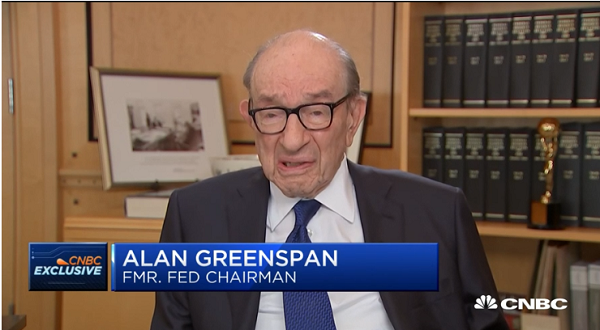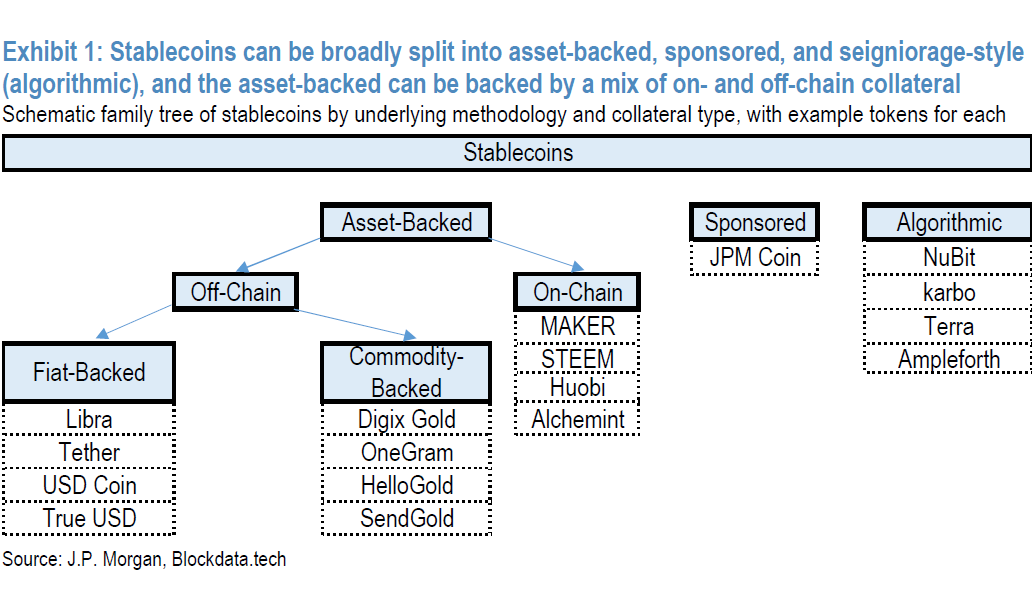Some discrimination against Jews is based on their religion, and is generally forbidden in employment and other contexts by federal and state laws banning religious discrimination. But many anti-Semites dislike Jews based on their ethnicity, a hostility that also covers irreligious Jews and Jewish converts to other religion.
American antidiscrimination laws generally don’t expressly ban discrimination based on ethnicity, but they do ban discrimination based on race and national origin. Judge Dee D. Drell’s decision in Bonadona v. Louisiana College (W.D. La. Aug. 28, 2019), illustrates how complicated this can end up being:
Joshua Bonadona was born to a Catholic father and Jewish mother. He was raised both culturally and religiously as a member of the Jewish community. His mother is both racially and religiously Jewish…. [While a student at Louisiana College, he] converted to Christianity.
Upon his graduation from LC in 2013, LC hired Bonadona as an assistant football coach. In June 2015, he resigned his position to pursue a graduate degree and football coaching position at Southeast Missouri State University.
In 2017, LC hired Justin Charles as its new head coach of the football team. Charles reached out to Bonadona about returning to LC as its defensive backs coach. Bonadona submitted an application wherein he identified himself as a Baptist, described his salvation experience, and acknowledged he understood and supported LC’s [Christian] mission statement.
Bonadona interviewed with Charles who advised that the coaching position was his, subject to approval by [LC President Rick] Brewer. Accordingly, Bonadona interviewed with Brewer. During the interview, Brewer asked Bonadona about his parents’ religious affiliations. Bonadona affirmed his father was Catholic and his mother was Jewish but expressed he was a practicing member of the Christian faith and attended a Baptist church in Missouri.
Based on representations made by Charles, Bonadona returned to Missouri and submitted his resignation. According to Bonadona, Charles contacted him a week later to advise that LC decided not to hire him because of his Jewish heritage [according to the complaint, Brewer referred to Bonadona’s “Jewish blood”].
The court allowed Bonadona’s claim under 42 U.S.C. § 1981 (part of the Civil Rights Act of 1866) to move forward; that statute, banning race discrimination in enforcement of contracts, was held by the Court starting with the 1960s to apply to private discrimination as well as governmental discrimination. Because “race” in 1866 covered what we might today label ethnicity, and in particular was used to refer to the “Jewish race,” the Supreme Court had interpreted the Civil Rights Act of 1866 as “defin[ing] race to include Jews,” see Shaare Tefila Congregation v. Cobb (1987).
But the court reject Bonadona’s claim under Title VII of the Civil Rights Act of 1964, because:
Under the canons of statutory construction, words should be given the meaning they had when the text was adopted. This canon was adhered to by the Supreme Court in Shaare Tefila Congregation, when it noted that while Jews were a protected race in 1866, they are no longer thought of as members of a separate race.
What about national origin discrimination? The Bonadona court didn’t deal with it, because Bonadona hadn’t mentioned it his Complaint. But some other district courts conclude that being Jewish isn’t a national origin, either, because “[S]tating that one is Jewish gives no indication of that individual’s country of origin…. Jews, like Catholics and Protestants, hail from a variety of different countries.” On the other hand, some federal district court cases treat ethnicity-based discrimination against Jews as discrimination based on race or national origin. The Second Circuit has also said that “for purposes of Title VII, ‘race’ encompasses ethnicity, just as it does under § 1981”; that case involved discrimination based on Hispanic ethnicity, but its logic applies equally to Jewish ethnicity.
Of course, well-counseled plaintiffs would generally be able to prevail under § 1981 even if they can’t prevail under Title VII, as we see for Bonadona himself. But the legal controversy remains important; as the Second Circuit noted, “Although Title VII and § 1981 overlap in many respects, there are significant differences with respect to their statutes of limitations, employers’ respondeat superior liability, the cognizability of claims against individuals (as opposed to organizations), and whether a plaintiff must show that discrimination was intentional.” This is especially significant for lawsuits against local governments as employers, where § 1981 rules are more pro-defendant. The disagreement about how Title VII deals with such ethnic discrimination thus remains important.
Note also that LC might well be entitled not to hire non-Christians, because Title VII ban on religious discrimination exempts religious institutions. But there is no such statutory exemption for race or national origin discrimination. (There is a First Amendment exception for any sort of discrimination as to clergy and similar employees, but that wouldn’t cover football coaches.) And of course Bonadona’s claim is that he was discriminated against based on his ethnicity, not based on his current or past religion.
The Anti-Defamation League, by the way, has condemned characterizing discrimination against Jews as race discrimination, even when such characterizations might help fight anti-Semitic discrimination:
ADL is deeply offended by the perception of Jews as a race found in both allegations against the College and the plaintiff’s assertions in the lawsuit. According to a court filing, the administration was motivated in its actions because of Mr. Bonadona’s “Jewish blood” and Mr. Bonadona is attempting to circumvent the 1964 Civil Rights Act’s religious employer exemption by characterizing his “Jewish heritage” as racial….
The idea that Jews are not only a religious group, but also a racial group, was a centerpiece of Nazi policy, and was the justification for killing any Jewish person who came under Nazi occupation—regardless of whether he or she practiced Judaism. In fact, even the children and the grandchildren of Jews who had converted to Christianity were murdered as members of the Jewish “race” during the Holocaust.
Based on Congress’ 19th Century conception of race, the U.S. Supreme Court in the 1980s ruled that the definition of “non-white races” found in post-Civil War anti-discrimination laws, includes Arabs, Chinese, Jews and Italians. The 1964 Civil Rights Act, which explicitly covers national origin and religion, does not embody these antiquated views. Although Mr. Bonadona’s attorney certainly could try to bring claims under these 19th century laws, we believe that attempting to create similar legal precedent under the Civil Rights Act perpetuates harmful stereotypes and views about Jews….
from Latest – Reason.com https://ift.tt/2ZPsVxA
via IFTTT










